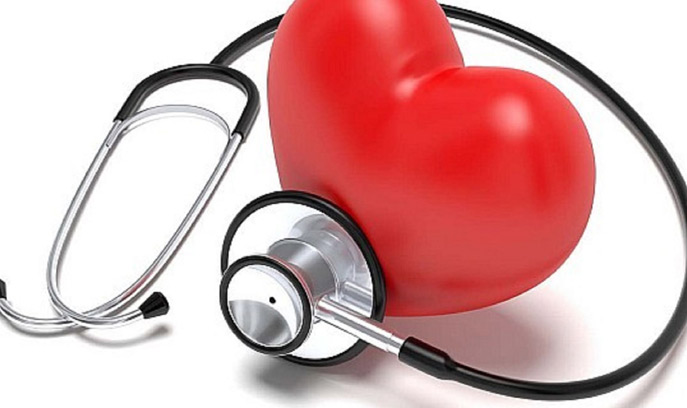Measure the arterial oxygen saturation and heart rate with a pulsossimetro . These two values, remember, they must always be kept under control by those suffering from a respiratory disease or congenital heart disease.
The pulsossimetria It is a noninvasive diagnostic procedure, which can be done from home and you need to measure arterial saturation and the heart rate. It uses a sanitary device photoelectric named pulsossimetro. The latter, also known by the name of oximeter Or oximeter, is a handy tool equipped with a sensor similar to a clip, that it is typically placed on the finger or on the user's earlobe.
Per heart rate (Or wrist) means the number of beats that the heart does in a minute (bpm – beats per minute) to distribute the blood in the vessels. It increases or decreases according to the needs of the body of absorb oxygen. When you sleep, For example,, i bpm turn out to be lower than when walking or practice physical movement. On the other hand also of the mood changes can affect heart rate.
In healthy adults the heart rate it's about 70 bpm humans and about 75 bpm in women (these values are to be understood in the absence of physical exertion). When the heart beats fall below the minimum values we talk about bradicardia, while tachycardia takes place if there is an Frequency increase in heart rate beyond the maximum limits.
Monitor the heart rate It allows to keep under control the health of the cardiac muscle; A recent scientific study conducted in Australia and published in the prestigious journal The Lancet It has even shown that it is a key indicator of risk of stroke. In addition to those who suffer from cardiac arrhythmias, monitoring bpm is also very useful for those who regularly perform athletic activities. It deals with, In fact, the most reliable value to determine what type of impact produces a training session on a particular subject. This will make it possible to identify what is its optimal aerobic zone and control the body's response to different levels of effort.
The oxygen saturation It is a blood index that specifies the percentage of saturated hemoglobin oxygen relative to the total amount of hemoglobin present in the blood. The normal amount should be higher than the 95% (with optimum values around the 97-98%), but it may be less if the subject is suffering from a respiratory disease or an inherited heart disease. The oxygen saturation is, therefore, a vital parameter that is used to quickly locate stati of hypoxemia (Abnormal decrease in the oxygen content in the blood). The measurement of this value is very useful to assess the possible inadequacy of lung function especially in the case in which we are in presence of pathological conditions that cause shortness of breath, fatigue or shortness of breath with SO2 < 70% . If you think, For example,, all’bronchial asthma, acute pulmonary edema, to lung cancer, the thoracic injuries, etc. For some doctors, Furthermore, the pulsossimetria It can also be used in screening of patients with the syndrome of 'Sleep apnea.
The pulsosimmetria is rather limited use for patients with anemia, because their hemoglobin levels are too low and do not guarantee, Consequently, the proper functioning of oximeter.
How the pulse oximeter works

The plussossimetro, medical device invented in the '30s of last century, It is equipped with a probe constituted by 2 elements:
1 - on the one hand are present 2 diodes (of bipole circuit elements) that emit light beams with different wavelengths
2 - on the other hand a photo detector device
The light beams emitted by the diodes of the probe through the skin and the circulatory system of the subject until you get to a photocell. Comparing the amount of initial and final light, the Photoelectric medical device It is able to detect with accuracy the level of oxygen saturation in the blood. The calculation is based on physical rather complex formulas, since the oxygen rich hemoglobin is able to absorb light in specific wavelengths.
5 good reasons to measure the arterial oxygen saturation and heart rate with a pulse oximeter
1 - allows you to check in a few seconds if the percentage of blood oxygen saturation It is greater than 95% (normal value) and if there are cardiac arrhythmias;
2 - it is not a practical invasive
3 - it's a reliable sanitary device and easy to use
4 - it is an economic tool
5 - it is particularly suitable for athletes, to those who are suffering from respiratory diseases and those who suffer from heart disease
Tag: plussosimetria, heart rate, oxygen saturation in the blood, medical devices, salute

